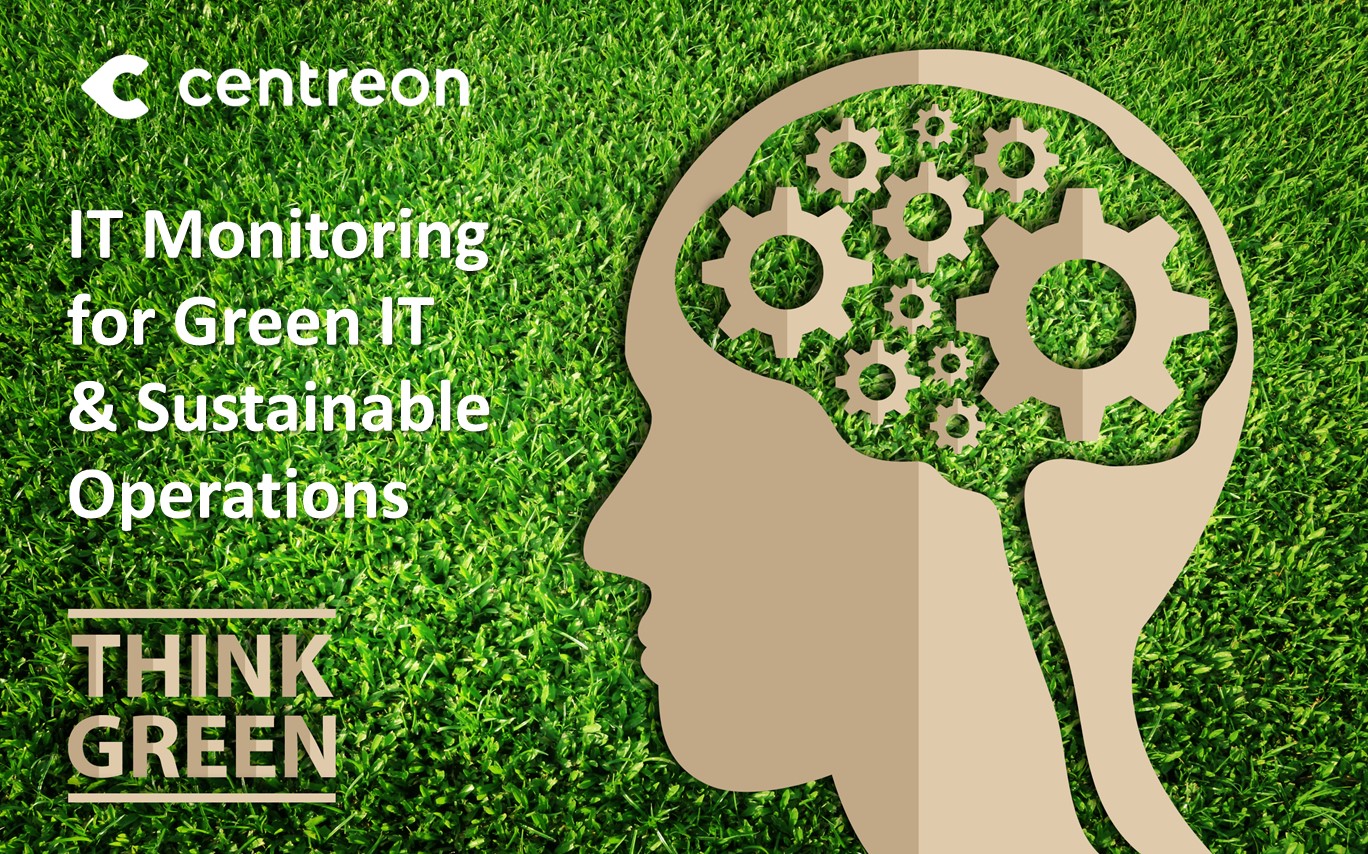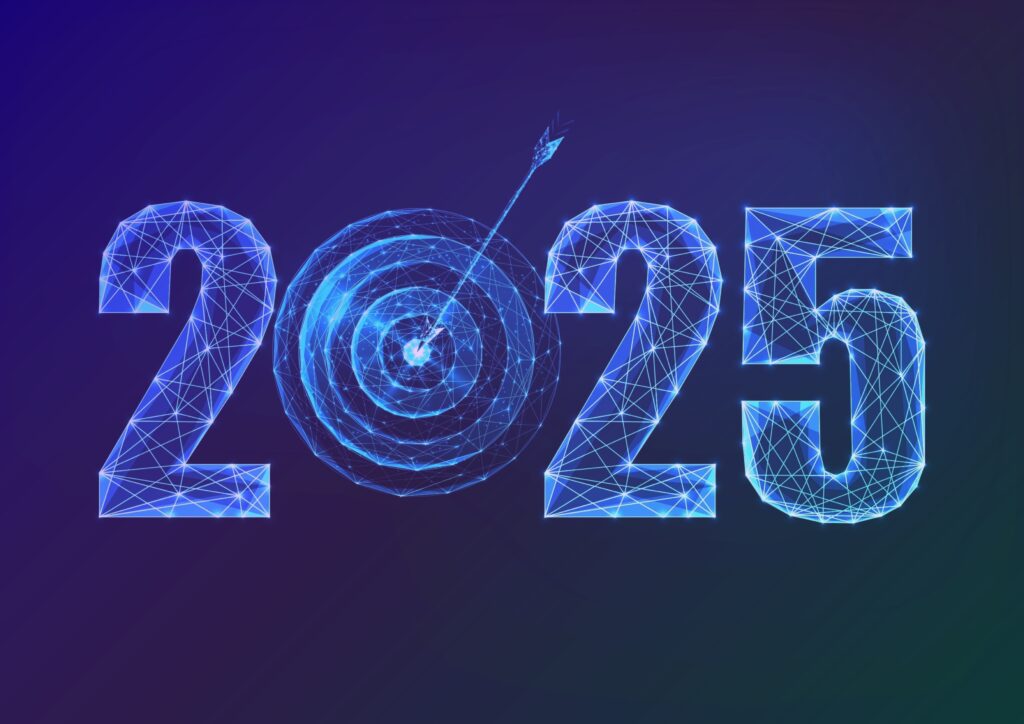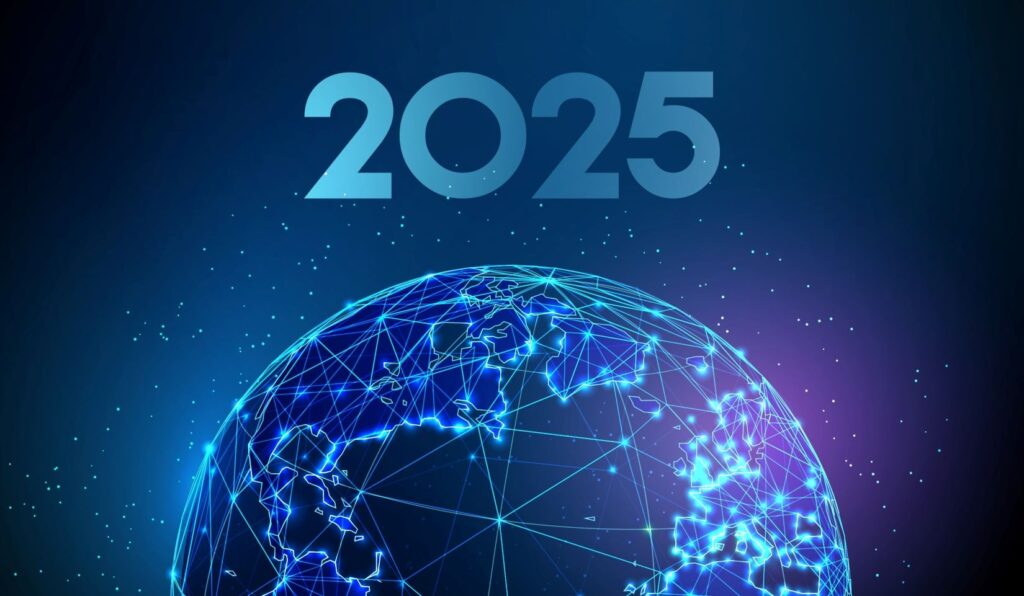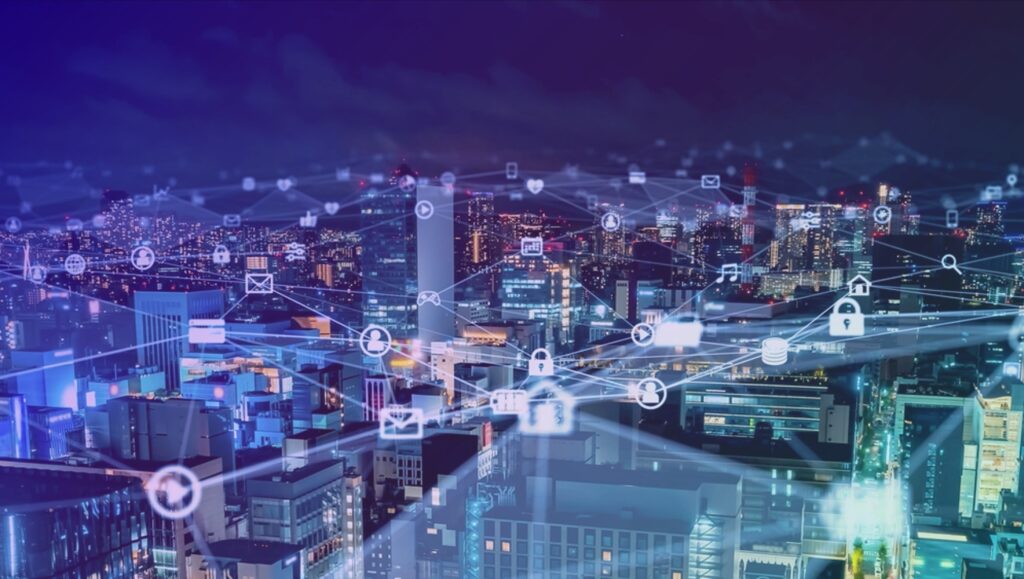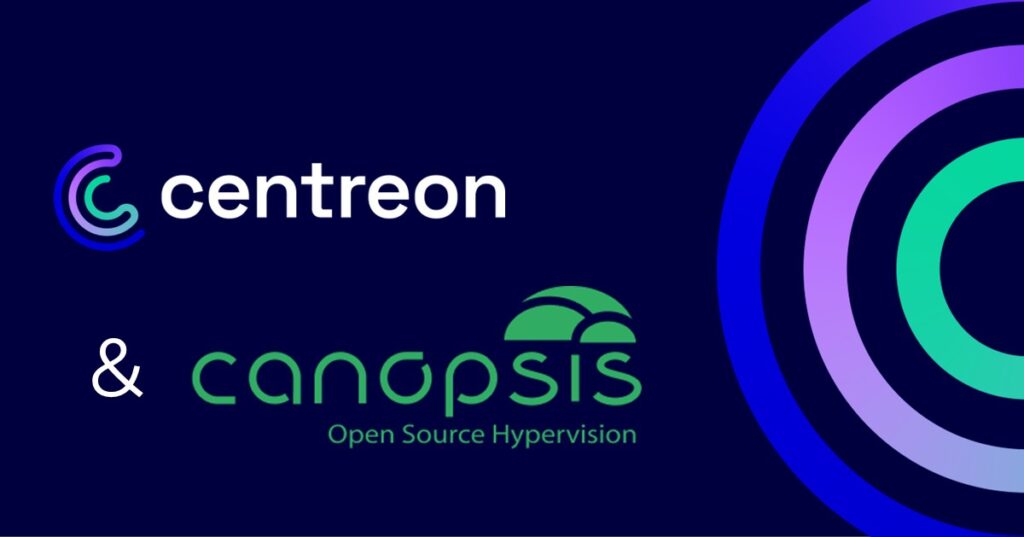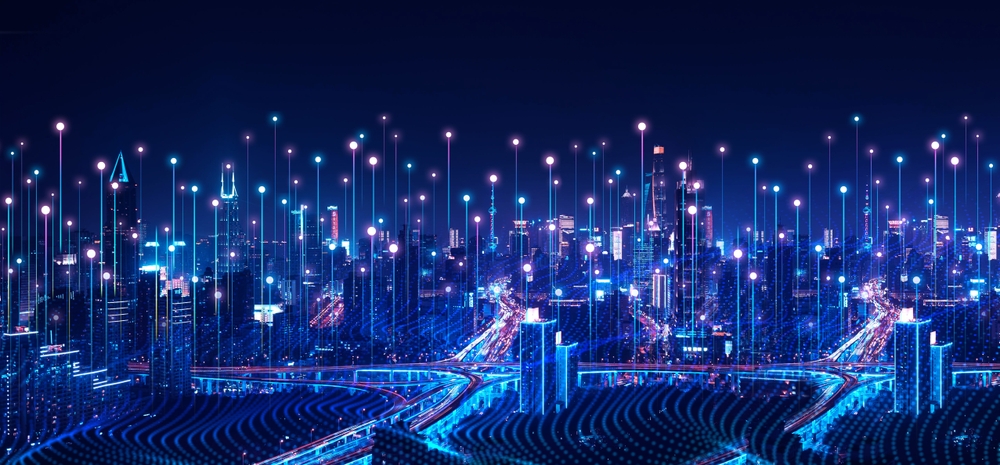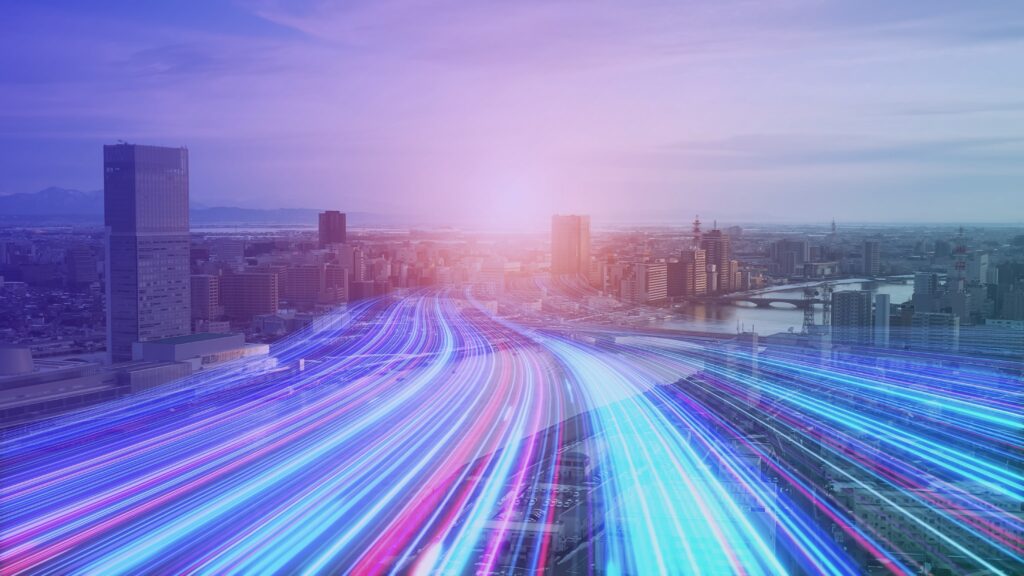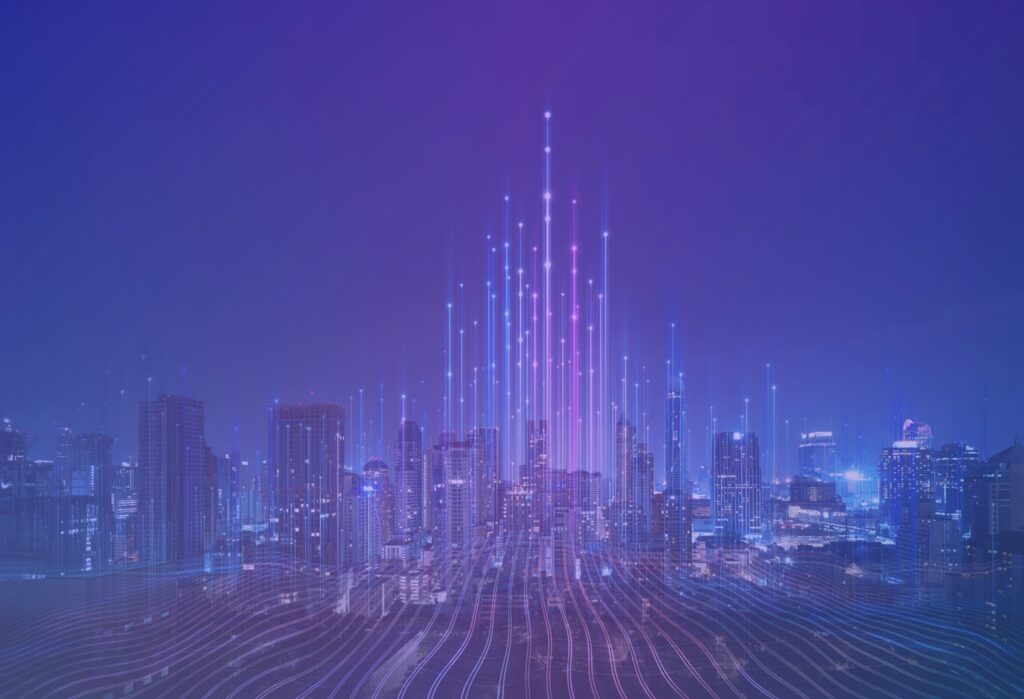As the sun sets on COP26, it’s to be hoped the topic of green IT will not be obscured by a return to business-as-usual. Green IT is a key component of greenhouse-gas emission reduction efforts. A promising sign, the topic is on the radar of governments. In France, on November 2nd, the Senate passed a law aiming to reduce the environmental footprint of digital technologies. At Centreon, more than ever, green IT is at the heart of what we do, and a feature of our conversations with clients, partners, and other stakeholders. By design and by practice, Centreon actively contributes to green IT. In this Q&A, Julien Mathis, Centreon’s CEO and co-founder, along with our COO, Marc Antoine Hostier, are telling us more on the subject of green IT.
Eryk Markiewicz. Why do you think green IT has been a popular news topic over the last few months?
Julien Mathis. Before I answer that, let me first clarify what green IT is exactly. Also known as “responsible digital” or “sustainable ICT,” the term refers to “all information and communication technologies whose economic, ecological, social, and societal footprint are voluntarily reduced, or which help humanity to achieve sustainable development objectives” (source www.greenit.fr). Therefore, green IT is not a new concept, but it gained prominence during the COVID19 health crisis, which highlighted our absolute reliance on digital technology to maintain normalcy. Also, the sudden and nearly total digitalization of everyday life made us more aware of greenhouse-gas emissions and of the importance of local, sustainable economies and CSR (Corporate Social Responsibility).
New generations expect employers to commit to sustainable practices. Sustainability is now a key criterion in calls for tender and to garner social adhesion. Whether it’s to support brand reputation, employee recruitment and retention, or product design, green IT is no longer a consideration limited to ecologists—it’s getting into the mainstream.
Marc Antoine Hostier. Today, IT is the mesh that holds everything together. As we move through personal or professional activities, in some form or other, we’re continuously connected to IT.
Infrastructure is the backbone for all our activities, so it’s only natural that we look more deeply into how IT impacts our ecological footprint.
Even more so post-pandemic, IT is an integral part of the products and services we consume. It’s no longer just a production means—it’s often the only way the service or the product can be delivered. Remove the IT infrastructure and there’s no telecommuting, no eCommerce, no click and collect, no teleconsultation. Even the least digitalized professionals—such as restaurateurs, have now dematerialized some part of their activity. So there never was a better time to put green IT on the agenda.
Eryk Markiewicz. How can IT monitoring help organizations adhere to a Green IT strategy?
Julien Mathis. Monitoring is the IT system’s control tower. Through this means, among other things, organizations can understand how they consume IT resources. Using their Centreon solution, our clients can track usage of their data centers, cloud applications, on-premise solutions, routers, printers… How well and when are they working? Do they need to be switched on 24 hours a day to deliver optimal service? Can use be regulated to lessen the carbon footprint?
Through monitoring, all types of data are collected, including data which our clients can use to calculate their carbon footprint, such as server temperatures or equipment amperage.
Marc Antoine Hostier. There is no doubt about the role IT monitoring can play in green IT, simply because you cannot manage what is not measured. IT monitoring enables us to collect data by interconnecting various technologies and thus to compile and correlate various metrics.
IT monitoring provides factual data on IT consumption which can be leveraged to inform decision-making.
It should be said that IT monitoring helps identify where energy consumption can be reduced—leading to more cost-efficient operations. Another convincing reason to implement a green IT policy.
Eryk Markiewicz. Is green IT integrated into the design of Centreon’s IT monitoring solutions?
Julien Mathis. Absolutely! It’s one of the chief considerations in designing our products, both mine and the team’s.
As we develop our monitoring solutions, we are careful to limit our carbon footprint, whether it’s in terms of resource consumption or cloud operations. We also provide and implement KPIs which help our clients advance green IT initiatives.
We’ve helped clients go the extra mile in measuring their digital carbon footprint using a Centreon solution. We favor serverless technology, which allows a server to be activated only if a request is made to it. We’re also working on a joint project which will let clients manage infrastructure energy consumption using dedicated dashboards.
Marc Antoine Hostier. As Julien pointed out, we can reduce our carbon footprint on two fronts: by significantly reducing the resources needed to run our solutions—promoting virtualization, for example, and by enabling our customers to report on relevant metrics as they manage their green IT policy. These abilities lie at the core of our business.
For many of our clients, what used to be a simple IT matter, is today a much broader CSR issue.
IT monitoring went from analyzing the IT equipment’s energy consumption to measuring the energy consumption of connected objects such as electric coffee makers, and now we can leverage this data to calculate the carbon footprint of digital equipment.
Eryk Markiewicz. How are sustainability imperatives reflected day to day, at Centreon?
Marc Antoine Hostier. Like many businesses from our generation, we swiftly moved past the sphere of observations and convictions to make sustainability a pillar for building our business. Sustainability impacts our brand reputation, our employer brand, and provides real cost-optimization benefits. I like the fact that we can approach green IT not as a constraint but rather as an opportunity, as a string of actions that can positively impact our company, our people, and our communities.
Julien Mathis. We adopted some of the best practices mentioned earlier to reduce energy consumption. For example, our servers only run when they are needed, as we realized this was only 46% of the time. No need to consume energy—and burn resources 24 hours a day. We are working on projects that seek to optimize resource consumption. For example, power usage efficiency or PUE optimization, makes it possible to adjust a server room’s temperature and thus reduce the need for air conditioning.
We favor the cloud, telecommuting to work and to meetings, and, of course, we are phasing out plastic and other polluting materials.
Making sustainable choices becomes second nature. We support any initiative which can help lower our environmental footprint because we’re committed to progressing on that front. We do what it takes, and we help our clients do what it takes for sustainable operations.
If you have questions we will be happy to answer you. Ask us how we can help you!



